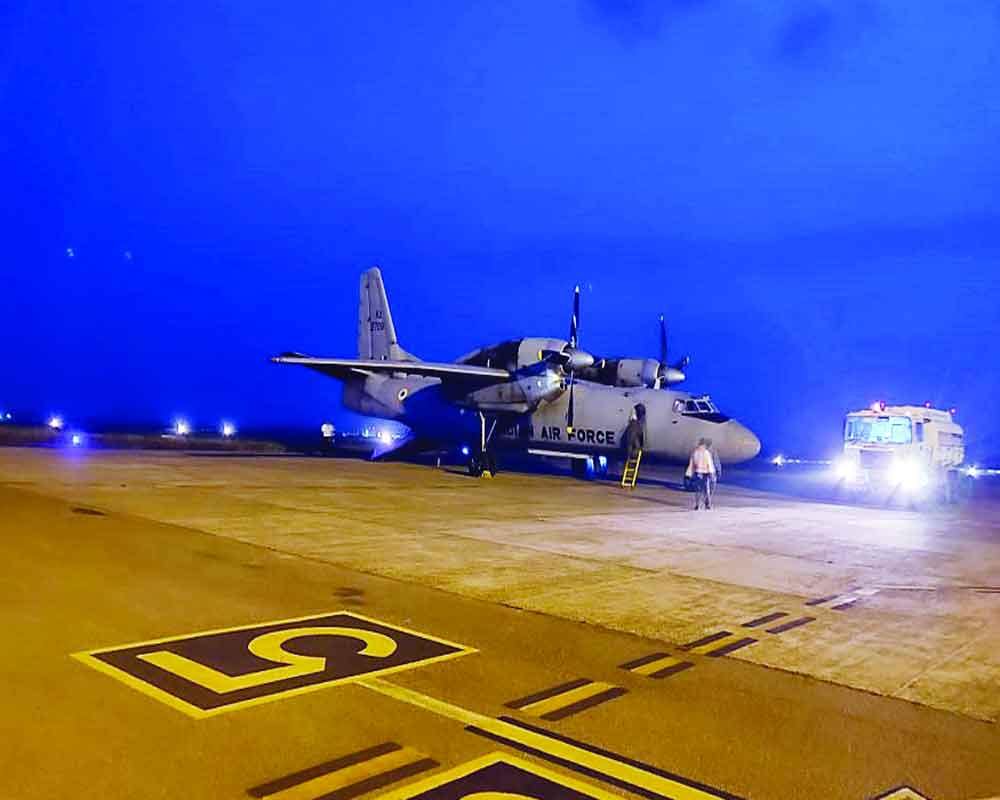Mumbai’s wholly inadequate airport is an example of bad planning and how insufficient space can strangle a city
When an Indian Air Force Antonov careened off the runway at Mumbai airport, it did not make the headlines because of any fatalities as it thankfully sank into the mud at the end of the stretch. Such excursions are quite common and tens of such incidents occur in India every year (another one was reported from Surat just last week). But the problem in Mumbai, India’s second busiest airport, was that this runway excursion meant that it effectively shut down its primary runway. With the second one shorter and only limited operations possible from it, flights went for a toss. Mumbai is a prime example of a wholly inadequate airport, constrained by insufficient infrastructure and a lesson on how poor planning and politics have led to lopsided development of the city. While the Mumbai airport developer has done a great job in removing some of the slums around the expanse, it is still, as a former civil aviation secretary said, “slumlocked” with local politicians preventing the removal of many clusters that they treat as captive vote banks. As a result, when the airport suffers a problem such as a runway excursion, it effectively shuts down and sends flight schedules haywire.
But it need not have been that way. Mumbai is possibly the best example of an urban metropolis making do with infrastructure that is wholly inadequate and a failure of Indian policy-making, which almost always patches up requirements instead of planning ahead. India’s commercial capital needed a new airport over a decade ago and while work continues on the Navi Mumbai Airport, it will take another five years at the minimum to build. This has had a cumulative negative impact on the economic growth of the entire Greater Mumbai region. Aviation may be the preserve of a select few in India, although that number is growing rapidly, but it has a major economic cascade. Delhi’s massive airport has played a critical role in supercharging the Delhi-NCR economy. A second NCR airport in western Uttar Pradesh will have a dramatic impact on that region as well. This should be a lesson on how planned infrastructure can impact a city and how inadequate infrastructure can actually harm it. India needs to continue building and developing aviation infrastructure, because it has a multiplier impact on the economy of the nation. With the challenge of creating jobs and employment opportunities, we should keep ensuring that we are building enough for the future and not just enough to patch our needs for now.
Writer: Pioneer
Courtesy: The Pioneer








 OpinionExpress.In
OpinionExpress.In















Comments (0)